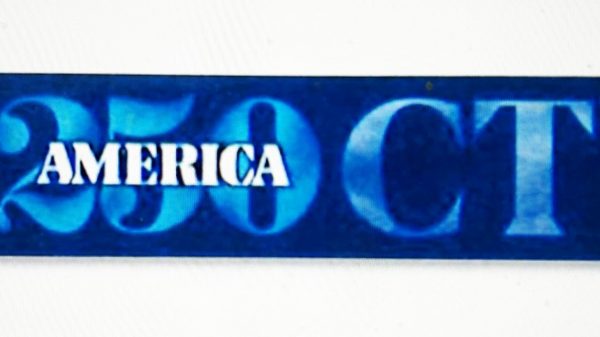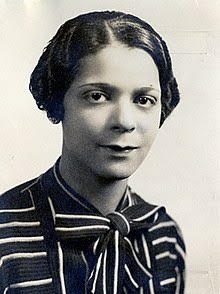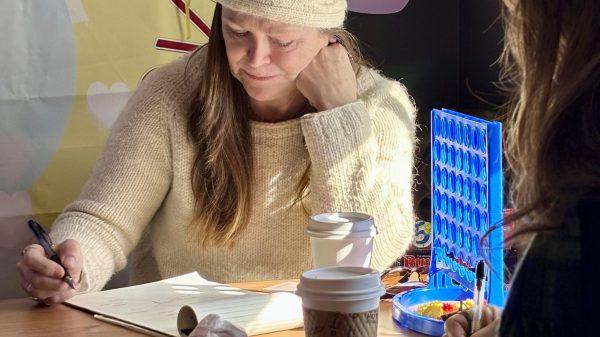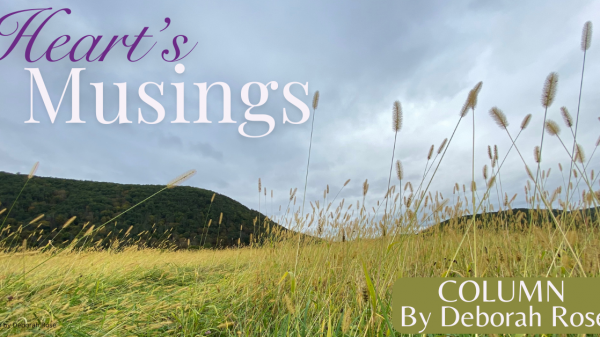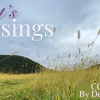KENT – The first female astronauts may have been what attracted filmmaker and author Mary Haverstick to the story of Jerrie Cobb, but what she got involved CIA spies and the John F. Kennedy assassination.
Haverstick visited Kent Feb. 29 to share her first book, “A Woman I Know,” which she describes as part memoir, part mystery and part investigation into a historic crime. She spent 12 years working on the project.

“I felt this was important to history and that I had a responsibility to tell this story,” Haverstick explained to the crowd of 27 people in the Kent Memorial Library Reading Room.
In painstaking detail in the book, she goes through how she began interviewing Cobb for a proposed film about her as one of the Mercury 13, a group of female astronauts in the early 1960s who wanted to train to be the first women in space. NASA shut Cobb’s quest down.
After two years of meeting with Cobb and learning what she thought was her story, Haverstick was visited by a female government agent, who warned her off doing the film. She later learned that Cobb had multiple identities and served as a CIA agent. This took her years to uncover because Cobb wasn’t being forthcoming about her true history.
Haverstick explained how she became an adept researcher and overcame her phobia of being in libraries, which caused her great anxiety.
“I spent hours and days in the National Archives,” she said. “I completely overcame that phobia.”
Haverstick described Cobb as a con artist, who had no empathy.
“Her emotional wiring was so disconnected,” Haverstick said.
She also described her as very patriotic but with her own view of what that meant.
“America and how America was doing was very important to her,” Haverstick said. She had a lot of views that the ends justified the means.
Haverstick said Cobb was at Redbird Airport in Dallas, TX, the day that JFK was assassinated. Cobb reacted emotionally when confronted with this fact and acknowledged she was there in a plane on the tarmac. But she claimed she never went into the city, even after hearing Kennedy was shot. Her story did not make a lot of sense, especially when she said there were Life photographers and reporters on the plane.
This confrontation led Haverstick deeper into investigating how this pioneering aviator was connected to the assassination. She combed through masses of government records and unclassified documents, revealing in the book a number of previously unknown women who worked in high-stakes intelligence during this period of the Cold War.


